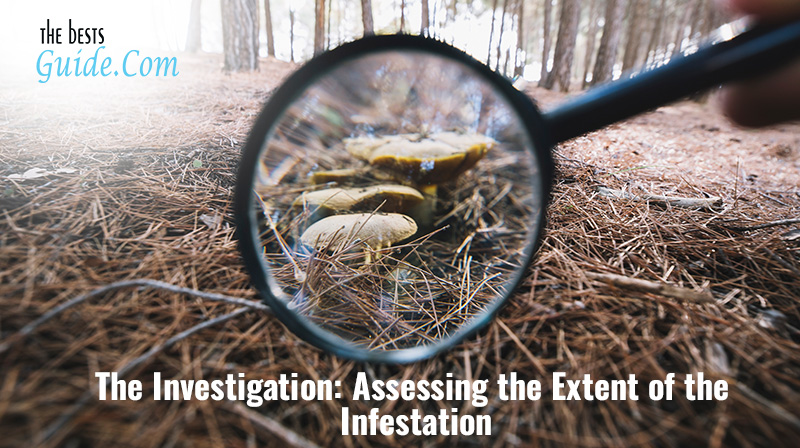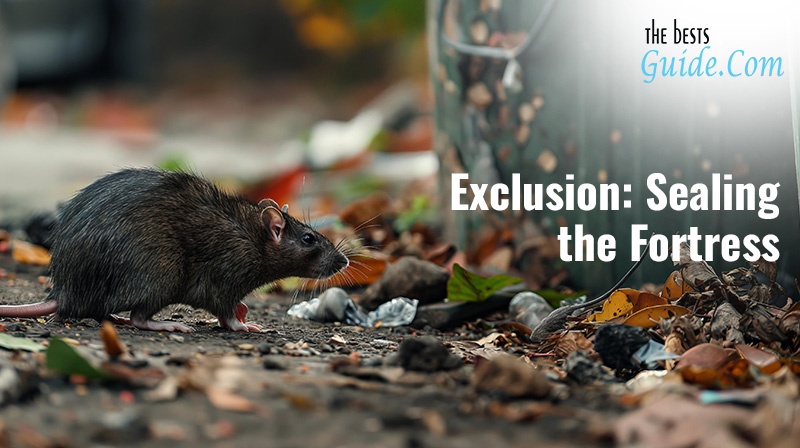Rodents–mice, rats and their various cousins are more than just a nuisance. They are invaders that can compromise the structural integrity of homes, contaminate food, and chew through wiring, and repellents may offer temporary relief. Proper control of a rodent infestation requires the strategic precision of a professional exterminator in Surrey.
But what does a rodent control in Surrey expert actually do if they are called? The answer is far more involved than simply laying out bait or setting traps. A skilled exterminator in Surrey approaches rodent control as both an art and a science–requiring investigation, planning, implementation and long-term prevention. Here’s a detailed journey through the step-by-step methods an exterminator uses to eliminate and prevent rodent infestations.
The Investigation: Assessing the Extent of the Infestation

A professional extermination begins by acting like a detective. The first visit to a home or business involves an extensive inspection. They look for signs such as:
- Droppings along baseboards or under sinks
- Grease marks along walls from rodent fur
- Gnawed wiring, wood or food packaging
- Nesting material such as shredded paper or insulation
- Entry points around foundations, vents and doors
They may also use motion-activated cameras or UV lights to detect rodent activity in hard-to-see areas. This investigation phase is crucial–it’s not just about confirming the presence of rodents but understanding how they entered, how many are present, what species they are and what conditions are affecting them. Every piece of data influences the strategy moving forward.
Identification: Knowing the Enemy
Not all rodents are treated equally. Different species behave in various ways. For example:
- House mice are small, curious and prolific breeders
- Norway rats are burrowers and prefer lower levels of buildings
- Roof rats are climbers and often inhabit attics and rafters
Identification helps determine trap placement, bait selection and exclusion techniques. A seasoned exterminator understands these habits and tailors the plan accordingly.
Exclusion: Sealing the Fortress

Perhaps the most vital part of rodent control in Surrey–yet often the most overlooked is exclusion or rodent-proofing. Once entry points are identified, the exterminator takes steps to close them. This may involve:
- Sealing cracks and holes in foundations
- Installing door sweeps and vent screens
- Repairing roof gaps and soffits
- Using wire mesh, steel wool or caulking in problem areas
Rodents can squeeze through holes as small as a quarter-inch. A trained eye and experience are essential for identifying even the most inconspicuous access points.
Population Control: Traps and Bait Stations
With access restricted, the exterminator focuses on removing the existing population. They may use a combination of:
- Snap traps for quick elimination
- Glue boards for monitoring activity
- Live traps, if humane capture is preferred
- Tamper-proof bait stations with rodenticides are placed strategically and safely
Placement is key. Traps are positioned along runways, near nesting areas or close to food sources. Professionals are trained to avoid risks to pets or children and ensure compliance with local regulations.
Bailey stations often contain slow-acting poison, which allows the rodent to return to the nest before dying–this can eliminate multiple rodents if others feed on the carcass. However, the exterminator monitors usage and replenishes or adjusts bait as needed.
Sanitation: Removing the Attractive
Rodent control isn’t sustainable without addressing why rodents showed up in the first place. Exterminators guide property owners on sanitation practices to make the environment less appealing.
- Proper food storage with sealed containers
- Timely disposal of garbage
- Elimination of standing water or leaky pipes
- Regular cleaning of crumbs and grease
Rodents are opportunistic. If food and shelter are available, they will find a way in. Sanitation reduces the incentive.
Conclusion
Rodent control is far more complex than placing a few traps and hoping for the best. A professional exterminator approaches the task with precision, experience and a multi-layered strategy that combines detection, exclusion, elimination and prevention. By identifying the species, closing off access, removing active infestations and advising on best practices, exterminators restore safety, hygiene and peace of mind to homes and businesses alike.



Leave A Reply